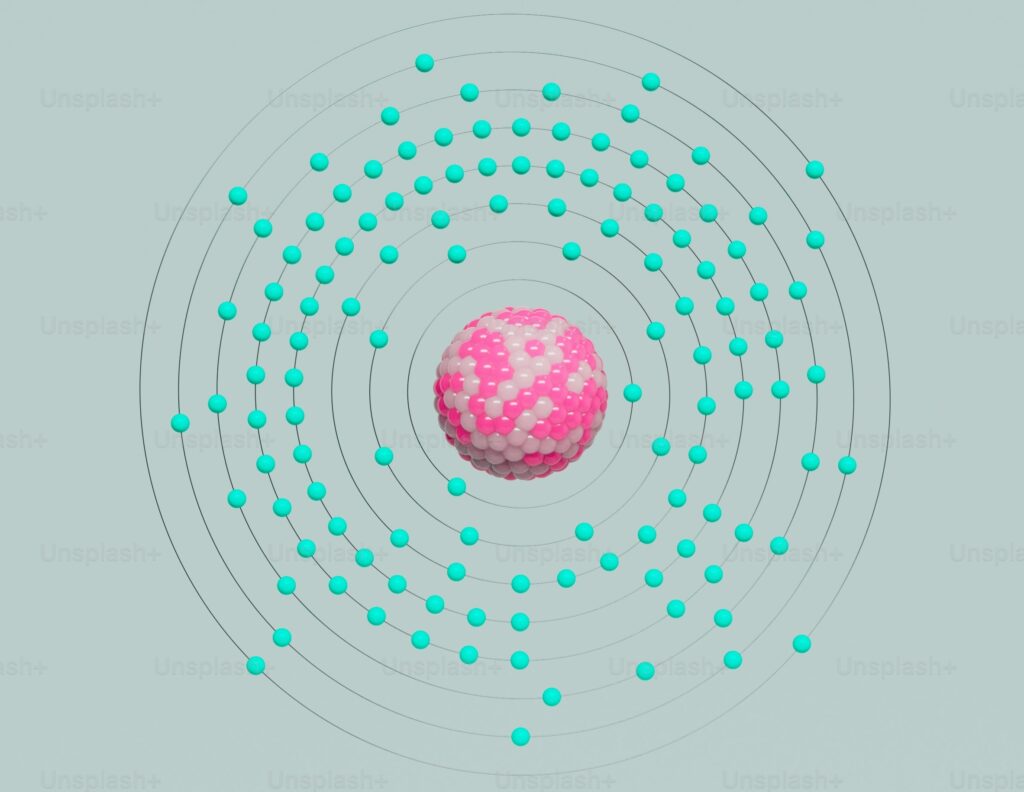Understanding the Cognitive Map
A cognitive map is essentially a mental model, a psychological construct through which individuals perceive and comprehend their environment, whether it be physical or conceptual. Indeed, it functions as a cognitive blueprint, meticulously organizing, storing, and subsequently recalling information about the world around us. Notably, within the realm of UX design, these mental models provide a revealing window into the user’s psyche, illuminating their expectations, associations, and the intricate connections forged between disparate elements of a product or system.

The Pivotal Role of Cognitive Maps in UX Design
By deciphering users’ cognitive maps, UX designers gain a strategic advantage in creating intuitive and user-centric experiences. These mental representations serve as a compass, guiding designers toward:
Predicting User Behavior:
Anticipating user interactions based on their mental models allows for proactive design adjustments, minimizing surprises and frustrations. For instance, if users mentally associate “checkout” with a shopping cart icon, using a different icon might lead to confusion and abandoned carts.
Identifying Usability Bottlenecks:
By comparing the user’s mental model to the actual product design, designers can uncover areas where the user’s expectations diverge from the product’s reality. This can reveal points of friction and inform design improvements.
Optimizing Information Architecture:
Creating navigation structures that align with users’ mental models reduces cognitive load and enhances user satisfaction. When the information architecture mirrors the user’s mental map, finding information becomes intuitive and efficient.
Enhancing User Experience:
Designing interfaces that seamlessly integrate with users’ existing mental models fosters a sense of familiarity and control, leading to a more positive user experience.
Types of Cognitive Maps
Cognitive maps can be categorized based on their focus:
- Spatial Maps: Represent users’ mental models of physical spaces, such as websites, apps, or physical environments.
- Conceptual Maps: Illustrate users’ understanding of abstract concepts or processes within a product or system.
- Hierarchical Maps: Depict users’ perception of the hierarchical structure of information or content.
- Network Maps: Showcase the relationships and connections between different elements within a user’s mental model.

Creating and Analyzing Cognitive Maps
Several methods can be employed to create cognitive maps:
Interviews and Surveys:
Ask users to describe their understanding of the product or system through open-ended questions and prompts.
Card Sorting:
Provide users with cards representing product elements and ask them to group and categorize them.
Tree Testing:
Present users with a hierarchical structure and ask them to find specific information, revealing their mental navigation paths.
Diaries and Logs:
Have users record their thoughts and actions while using the product to understand their mental processes.
Observation:
Observe users as they interact with the product to infer their mental models.
Analyzing cognitive maps involves identifying patterns, themes, and discrepancies between the user’s mental model and the product design. This information is invaluable for informing design decisions and improving the user experience.

The Importance of Cognitive Maps in UX Design
Comprehensively understanding users’ mental models is paramount for crafting intuitive and user-centric designs. Indeed, by harmonizing product design with users’ mental maps, designers can effectively reduce cognitive load, mitigate frustration, and subsequently enhance overall user satisfaction. Moreover, cognitive maps serve as a bridge, connecting the designer’s perspective with the user’s experience, thereby facilitating the creation of products that feel both natural and intuitive.
Cognitive Maps and User Personas
These maps can be used to enrich user personas by providing deeper insights into how users think and behave. By combining cognitive maps with demographic and behavioral data, designers can create more nuanced and realistic user personas.
Cognitive Maps and Information Architecture
Cognitive maps play a crucial role in designing effective information architectures. By understanding how users mentally organize information, designers can create navigation structures that align with users’ expectations and make it easier for them to find what they need.
Cognitive Maps and User Testing
Cognitive maps can be used to inform and complement user testing. By comparing users’ mental models to their actual behavior during testing, designers can identify areas where the product design may be misaligned with user expectations.

Challenges and Best Practices in Cognitive Mapping
Creating and analyzing cognitive maps can present challenges, such as:
- Subjectivity: Users’ mental models can vary significantly.
- Limited Verbalization: Users may struggle to articulate their mental models accurately.
- Time-Consuming: Creating and analyzing cognitive maps can be time-intensive.
To overcome these challenges, consider using a combination of methods, involving diverse participants, and providing clear instructions to participants.

Tools for Creating Cognitive Maps
Several software tools can be used to create and analyze cognitive maps, including:
- Mind mapping software: Tools like MindMeister, Coggle, and XMind can be used to create visual representations of mental models.
- Diagramming software: Tools like Lucidchart and Miro can be used to create more complex and detailed cognitive maps.
- Specialized cognitive mapping software: There are specialized tools designed specifically for creating cognitive maps, such as ConceptDraw MIND and iThoughts.
The Future of Cognitive Maps in UX Design
As technology advances, the utilization of cognitive maps within UX design is poised for expansion. Consequently, advancements in artificial intelligence and machine learning may facilitate the development of tools capable of automatically analyzing and interpreting cognitive maps, thereby providing increasingly profound insights into user behavior. Moreover, as virtual and augmented reality gain prominence, cognitive maps will play a pivotal role in comprehending how users navigate and interact within these immersive experiences.
By wholeheartedly embracing cognitive mapping as a fundamental component of the UX design process, designers can create products that not only satisfy but surpass user expectations, ultimately fostering heightened user satisfaction and loyalty.
Related Posts:
Integrating Psychology for Superior User Experience
What is Problem-Solving in the Design World?
Unveiling the Magic: UI vs. UX Design
